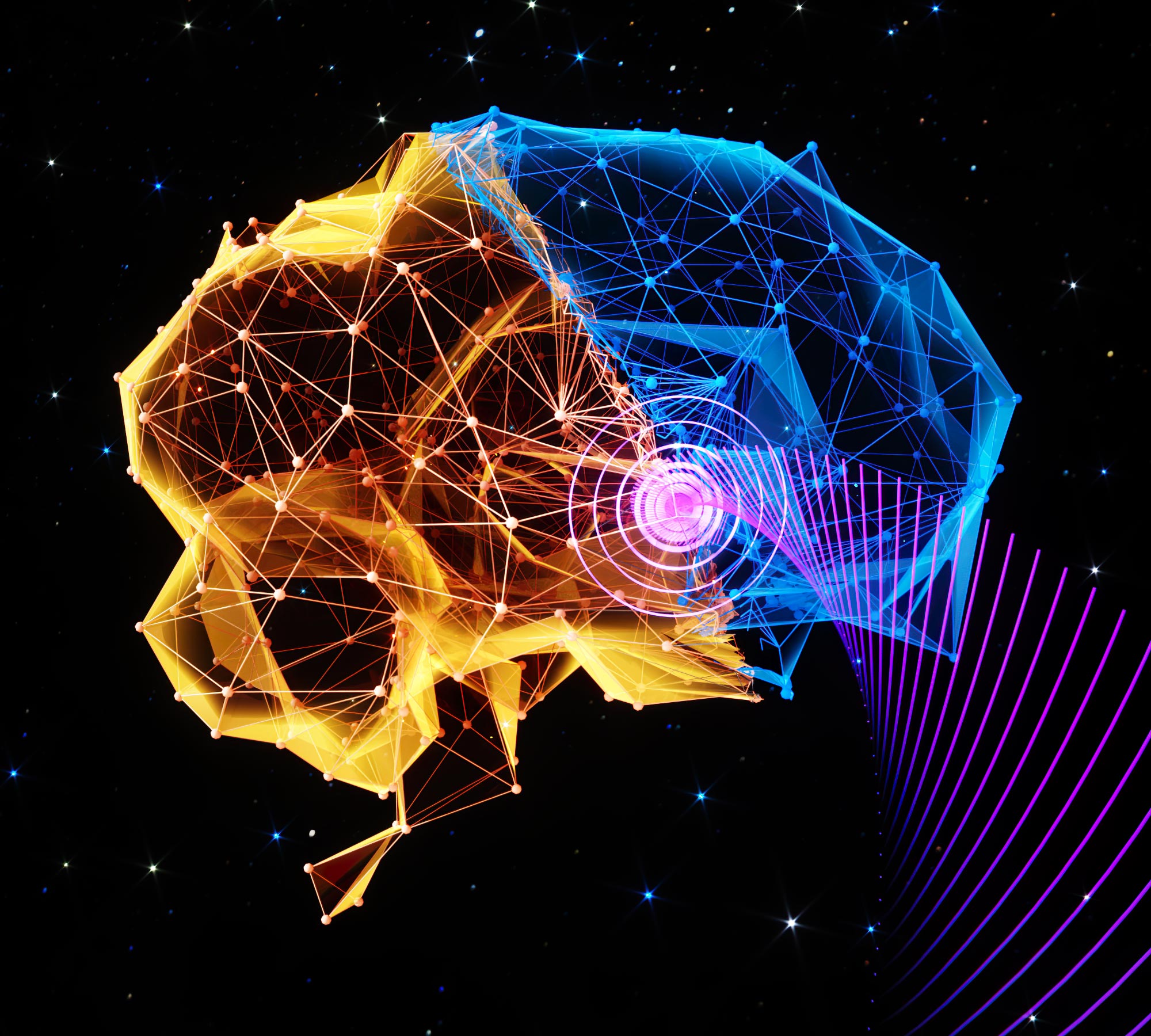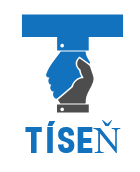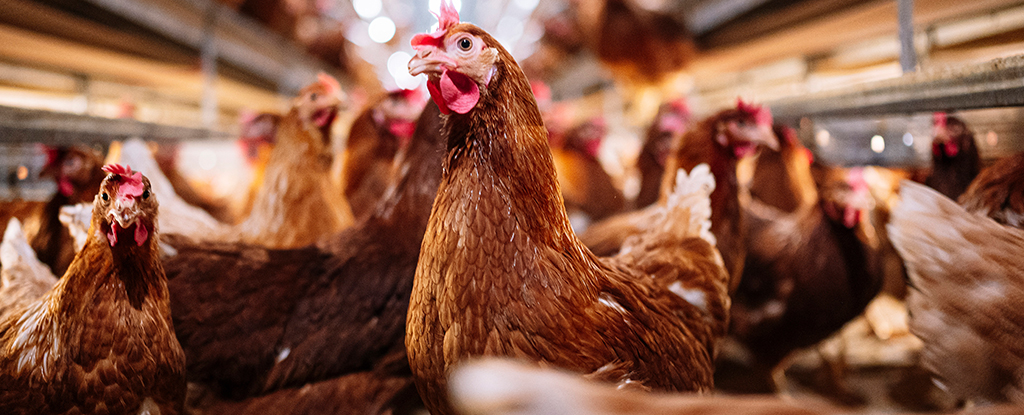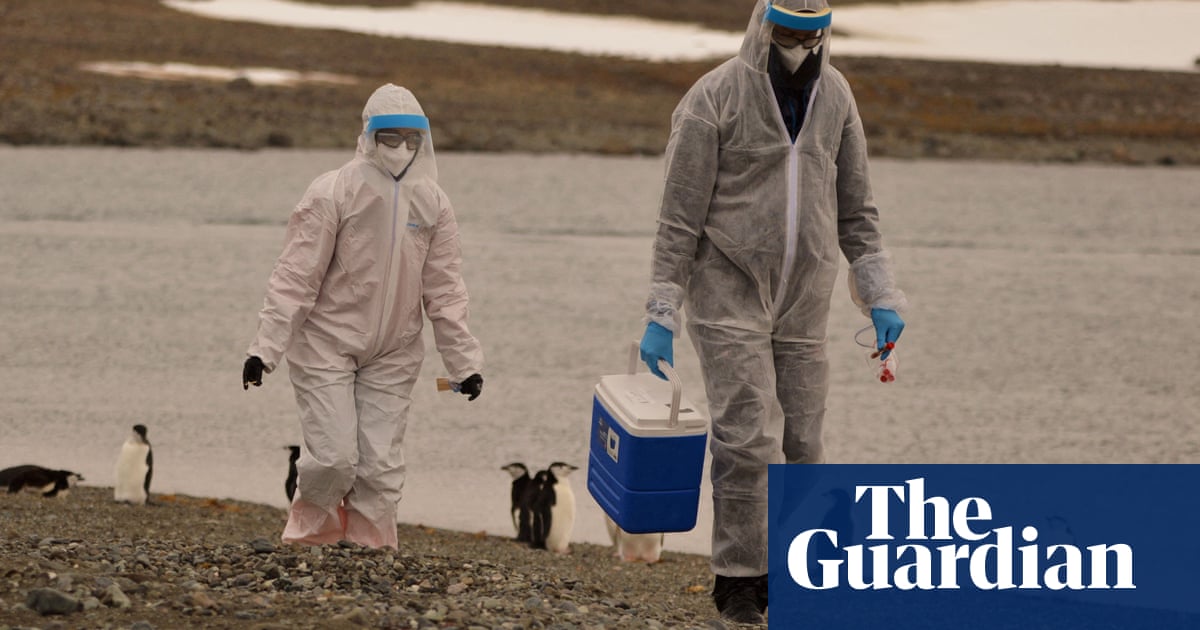
podle
Multidisciplinární tým vedený asistentem profesorem Hong Chenem z Washingtonské univerzity v St. Louis vyvinul novou, neinvazivní metodu pro navození stavu podobného hibernaci u savců zacílením ultrazvuku na centrální nervový systém. Ukázalo se, že tato technika, která zahrnuje stimulaci předoperační oblasti mozku, účinně snižuje tělesnou teplotu a rychlost metabolismu u myší, což vede ke stavu strnulosti, což je přirozený mechanismus, který některá zvířata používají k přežití v extrémních podmínkách. Obrazový kredit: Chen Lab, Washington University v St. Louis
Vědci z Washingtonské univerzity v St. Louis vyvinuli způsob, jak navodit stav podobný hibernaci u savců pomocí ultrazvukové stimulace mozku, podle studie v metabolismus přírody. Tato neinvazivní technologie může být použita ve scénářích, jako jsou lety do vesmíru nebo pro pacienty s těžkým zdravotním stavem, aby se šetřila energie a teplo.
Někteří savci a ptáci mají chytrý způsob, jak šetřit energii a teplo tím, že vstoupí do stavu hibernace, ve kterém jejich tělesná teplota a rychlost metabolismu klesnou, aby jim umožnily přežít smrtelné podmínky v prostředí, jako je extrémní zima nebo nedostatek potravy. Zatímco podobná podmínka byla navržena pro vědce podnikající vesmírné výlety v 60. letech 20. století nebo pro pacienty s život ohrožujícími zdravotními stavy, bezpečné navození takového stavu je ještě daleko.
Hong Chen, docent na Washingtonské univerzitě v St. Louis, a multidisciplinární tým navodili u myší stav podobný hibernaci pomocí ultrazvuku ke stimulaci předoperační oblasti mozku, která pomáhá regulovat tělesnou teplotu a metabolismus. Kromě myši, která přirozeně hibernuje, Chen a její tým navodili hibernaci u myší, které ne. Jejich zjištění, která byla zveřejněna 25. května v časopise Nature metabolismus přírodyprokázali první neinvazivní a bezpečnou metodu, jak navodit stav podobný hibernaci zacílením na centrální nervový systém.
Chenův tým použil ultrazvuk k bezpečnému a neinvazivnímu navození stavu podobného hibernaci u myší a potkanů. Poděkování: Video s laskavým svolením Chen Lab, Washington University v St. Louis
Chen, odborná asistentka biomedicínského inženýrství na McKelvey School of Engineering and Radiation Oncology na College of Medicine, a její tým, včetně Yaohenga (Mack) Yang, postdoktorského výzkumného spolupracovníka, vytvořili nositelný ultrazvukový měnič pro stimulaci buněk. hypotalamu. Po stimulaci myši vykazovaly pokles tělesné teploty asi o 3 stupně[{“ attribute=““>Celsius for about one hour. In addition, the mice’s metabolism showed a change from using both carbohydrates and fat for energy to only fat, a key feature of torpor, and their heart rates fell by about 47%, all while at room temperature.
The team also found that as the acoustic pressure and duration of the ultrasound increased, so did the depth of the lower body temperature and slower metabolism, known as ultrasound-induced hypothermia and hypometabolism (UIH).
“We developed an automatic closed-loop feedback controller to achieve long-duration and stable ultrasound-induced hypothermia and hypometabolism by controlling of the ultrasound output,” Chen said. “The closed-loop feedback controller set the desired body temperature to be lower than 34 C, which was previously reported as critical for natural torpor in mice. This feedback-controlled UIH kept the mouse body temperature at 32.95 C for about 24 hours and recovered to normal temperature after ultrasound was off.”
To learn how ultrasound-induced hypothermia and hypometabolism is activated, the team studied the dynamics of the activity of neurons in the hypothalamus preoptic area in response to ultrasound. They observed a consistent increase in neuronal activity in response to each ultrasound pulse, which aligned with the changes in body temperature in the mice.
“These findings revealed that UIH was evoked by ultrasound activation of hypothalamus preoptic area neurons,” Yang said. “Our finding that transcranial stimulation of the hypothalamus preoptic area was sufficient to induce UIH revealed the critical role of this area in orchestrating a torpor-like state in mice.”
Chen and her team also wanted to find the molecule that allowed these neurons to activate with ultrasound. Through genetic sequencing, they found that ultrasound activated the TRPM2 ion channel in the hypothalamus preoptic area neurons. In a variety of experiments, they showed that TRPM2 is an ultrasound-sensitive ion channel and contributed to the induction of UIH.
In the rat, which does not naturally go into torpor or hibernation, the team delivered ultrasound to the hypothalamus preoptic area and found a decrease in skin temperature, particularly in the brown adipose tissue region, as well as about a 1 degree C drop in core body temperature, resembling natural torpor.
This multidisciplinary team consists of Jonathan R. Brestoff, MD, PhD, an assistant professor of pathology and immunology at the School of Medicine; Alexxai V. Kravitz, an associate professor of psychiatry, of anesthesiology and of neuroscience at the School of Medicine, and Jianmin Cui, a professor of biomedical engineering at the McKelvey School of Engineering, all at Washington University in St. Louis. The team also includes Michael R. Bruchas, a professor of anesthesiology and of pharmacology at the University of Washington.
“UIH has the potential to address the long sought-after goal of achieving noninvasive and safe induction of the torpor-like state, which has been pursued by the scientific community at least since the 1960s,” Chen said. “Ultrasound stimulation possesses a unique capability to noninvasively reach deep brain regions with high spatial and temporal precision in animal and human brains.”
Reference: “Induction of a torpor-like hypothermic and hypometabolic state in rodents by ultrasound” by Yaoheng Yang, Jinyun Yuan, Rachael L. Field, Dezhuang Ye, Zhongtao Hu, Kevin Xu, Lu Xu, Yan Gong, Yimei Yue, Alexxai V. Kravitz, Michael R. Bruchas, Jianmin Cui, Jonathan R. Brestoff and Hong Chen, 25 May 2023, Nature Metabolism.
DOI: 10.1038/s42255-023-00804-z
This work was supported by the National Institutes of Health (R01MH116981, UG3MH126861, R01EB027223, and R01EB030102). JRB is supported by NIH (DP5 OD028125) and Burroughs Wellcome Fund (CAMS #1019648).

„Hudební učenec. Spisovatel. Zlý slanina evangelista. Hrdý twitter narkoman. Myslitel. Milovník internetu. Jemně okouzlující hráč.“



